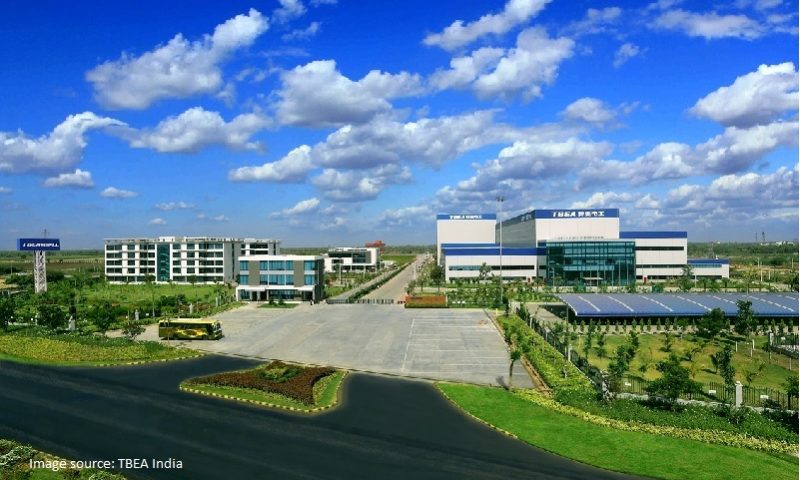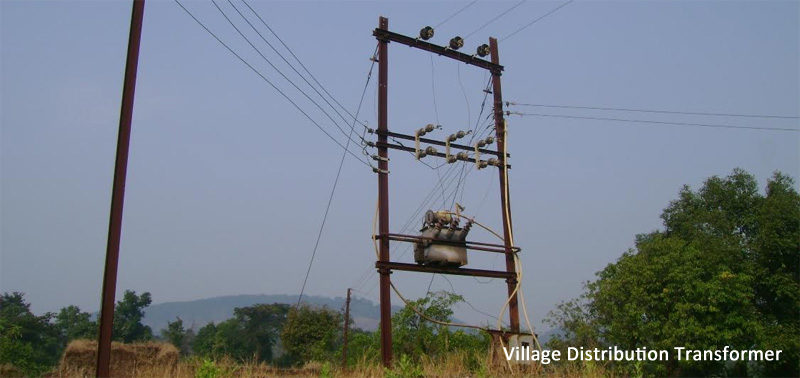Restricting China in India’s power transmission
The Union power ministry, according to reliable media reports, is planning to issue a note that seeks to restrict China’s involvement in the Indian power sector. The reports further suggest that restrictions will be imposed in the power transmission sector to start with, and will be extended to power generation and power distribution subsequently.
The objective of the policy is to maintain the principle of reciprocity. China, it should be noted, does not allow Indian companies in its power sector. While there are other countries that also disallow Indian participation, China is significant because of its widespread involvement in the Indian power sector.
When it comes to a Chinese, or any foreign entity for that matter, there are two ways in which it could associate with the Indian power sector. It could either be an equipment supplier or it could be a developer. In the case of a developer, the foreign (Chinese) entity will own equity in the power project, be in the field of generation, transmission or distribution, and will therefore share the risk of the project. When it plays the role of an equipment supplier, there is no equity stake. An equipment supplier can, at the most, become an EPC contractor and perhaps undertake a concomitant operations & maintenance (O&M) contract.
Within equipment suppliers, there are two classes. The first is one that has domestic manufacturing facilities in India, and the second is where the supplier caters to the Indian market through exports from the country of origin.
Thus, we have three broad categories in which a Chinese supplier could cater to the Indian power sector – developer, equipment supplier without local manufacturing facilities and equipment supplier with local presence.
Gauging the impact
Let us gauge the impact of the proposed restriction in the power transmission sector. So far, there are no Chinese developers of power transmission lines. This means that no Chinese company owns and operates transmission lines in India, as yet. Ownership and management of power transmission lines is possible under the under the BOOT/BOOM model. All the same, it is learnt that CLP (incidentally the only independent power producer in India, of Chinese origin) has bid for some interregional lines offered under the tariff-based competitive bidding route. CLP India had bid for three lines but did not secure any. Very recently, CLP India in association with China Southern Power Grid International (CSGI) has bid for three interregional lines, the results of which are awaited. The entry of China as a potential developer of power transmission lines in India was also discussed in a Parliament session earlier this year. Barring this case, there is no other Chinese company that has evinced interested in India’s power transmission sector, in the capacity of a developer.
When it comes to equipment used in the power transmission sector, the proposed ban could have some impact. India’s power transmission infrastructure is gradually moving to extra high voltage levels, typically 765kV. Till around five years ago, power utilities (both Central and state) made large-scale imports of 765kV gear, like transformers and reactors. However, today, local manufacturing capabilities of 765kV equipment have improved thereby lowering the reliance on Chinese equipment. However, there are some items like insulators are imported on a large scale from China as they are available at a very low cost. It is well known that Indian insulator companies have been hurt badly by cheap imports, for several years now.
China as a local player
It is also interesting to note that China is taking the Indian power transmission sector seriously and has even set up local manufacturing facilities. BTW, TBEA and Hyosung are some Chinese companies that have started operations in India through local plants, in the field of EHV power transformers, reactors, switchgear, etc. The Indian manufacturing fraternity, is should be mentioned, has not objected to Chinese companies setting up facilities in India. Their contention has always been to put a check on cheap imports from China.
Though details of the proposed restrictions are not available, it remains to be seen if India actually prohibits Chinese companies from setting up manufacturing facilities in India. Given that India currently permits 100 per cent FDI in the electrical equipment sector, and is also encouraging the “Make in India” campaign, how deftly it deals with the sensitive issue remains to be seen.
The final picture
Since the proposed restrictions on China in the power transmission sector have not yet been spelt out, the final picture cannot be painted. In summary, there will little impact from the “developer” angle. By and large, Chinese companies are not interested in owning and managing transmission lines. It is unlikely that Chinese equipment suppliers that have already set up shop in India will come under the ambit of the proposed restrictions. What could be done is to check imports of power transmission-related equipment. Here, India will be affected but fortunately the dependence on Chinese equipment today is far lesser than what it was, say, five years ago.
Read more story on







